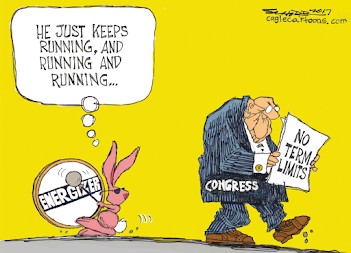The Car Metaphor
By JT Thomas
Okay, so lately I’ve been thinking about the military-industrial complex and the absolutely absurd amount of money the US gives to the Pentagon each year. I’m far from an expert, but really, what in the world could the military possibly need with $768.2 billion? Nobody else on the planet spends nearly as much as that. The bottom line is that we need to cut the the Pentagon’s paycheck down to size.
Now, I realize that I’m probably preaching to the choir here. So how do we preach to the rest of the people in the room? My friends, allow me to take you on a journey. I call it: the Car Metaphor.
Imagine you have a car. Let’s just say it’s a Subaru. User friendly, dependable, long-lasting. Your Subaru is a 2016 model; it’s not too old, but it’s not brand-spanking new either. Still, it gets you from point A to point B. It’s comfortable and reliable. It’s even got a bluetooth speaker. In other words, you like your 2016 Subaru. It works for you.
Then, they release the 2022 version of your Subaru. In essence, you know it’s essentially the same car. It’s just been buffed and polished and they added seat warmers which, admittedly, would be nice. You start to look at the 2022, then look back at your good ol’ 2016. You notice that your 2016 isn’t in as great shape as it used to be. The windshield is dirty, the back left tire looks a little low on air, and it’s been making a weird sound when you turn the ignition.
At this point, you have two options.
Option one: you choose to take pity on your old friend and spend the money to get it fixed. You get a brand new set of tires, get it cleaned, have a mechanic fix some doohickey under the hood that you really don’t understand because you’re not a car person (don’t worry, I’m not either). While it’s in the shop, you have the mechanic run some diagnostics and they find some other things that you weren’t aware of. Because you trust your mechanic, you pay them to fix those things as well. It’s a decent chunk of change, but it’s okay because all of this fits nice and snug in your budget.
Option two: you buy the brand new Subaru. You have enough money, and all the little noises and bumps in the 2016 are gone. Not to mention your butt is very toasty in the winter. You feel good, driving down the highway in your brand new car. The thing is, buying a whole other car was more expensive than fixing the one you already had. Like, a lot more expensive. You’re trying not to think about it, but you know that somewhere in your budget, something’s going to have to go. Will you be able to cover medical costs this year? Rent is due in a few weeks; will you be able to pay it? Will you be able to keep the lights on? Feed your kids?
I think it’s safe to say that most sane people would pick option one. It would seem, however, that the US government is not a sane person. A shocker, I know.
The US military is the car. Spending money on fixing the 2016 is the equivalent of spending money on necessary military expenditures: things like paying salaries, maintaining equipment, updating whatever technology needs to be updated, maybe raising benefits as well. Buying the 2022 is what the government has been doing for years now: all the necessary expenditures are there, but they’re wrapped up with sparkly new packages and special projects that may or may not even work, like the F-35 fighter jet.
And because the government is spending the money to get a whole new car, it doesn’t have money for other things. It can’t cover medical expenses (Medicare for all), it can’t pay rent (housing for all), it can’t feed it’s kids (food assurance). All because the government wanted a shiny new toy. Financial responsibility my ass.
So yeah. It’s not a perfect metaphor, but it gets the job done. Feel free to use it the next time you have to explain why the military budget is getting too much mileage.




Comments
Post a Comment